Itchy Underarms: Types, Causes, And Remedies For Relief!
Itchy hands or legs are a nuisance. But itchy armpits? The worst nightmare!
On Apr 19, 2023 – 9 minutes read
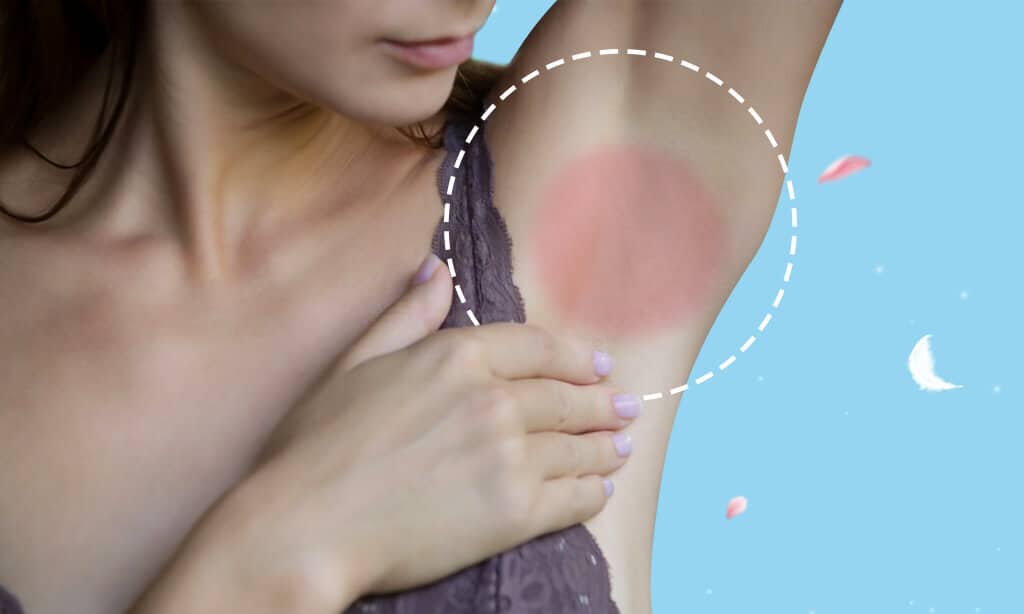
Do you have a persistent need to ceaselessly scratch your itchy armpits out of nowhere? Many have these itchy underarms and the urge to scratch for no reason.
Apparently, there could be one or many reasons for that. Not much of a surprise though. Because your underarm is a closed and moist environment, which is the ideal place for bacteria breeding. Meaning, underarms are one of the prime spots for irritation.
So how can you relieve the annoying scratching?
Before your underarms get too inflamed or the scratching gets unbearable, how to stop itchy armpit rash?
Scroll down and find out!
Try These Remedies to Relieve Your Itchy Armpits!
Itchy skin, medically called “pruritus(1)”, is a highly discomforting and frustrating skin condition. Anyone can have itchy skin and most of the time, the itching is localized —like your underarms, legs, arms, or bikini area. In this case, your underarms. One can only imagine how uncomfortable the tickling and irritating sensation caused by itchy underarms would be.
Moreover, the itching may result in redness, flaking, soreness, swelling, or even scarring of the skin. Meaning, if the relentless scratching doesn’t stop, the itching areas may be more susceptible to contamination and underarm bacterial infection.

Usually, it happens as a result of pathogens (microbes or bacteria) that infect the skin pores and release chemicals acting as irritants(2). When it gets infected, you would get a burning sensation and in some worse cases of excessive scratching, it can lead to pus formation, bleeding, and scarring.
Therefore, you need to stop the itchiness before it gets worse and you scratch the heck out of your armpit skin. Some itch may disappear quickly —a few hours give or take, while some may take months and require specific treatment.
To know the treatment options for itchy armpits, including home remedies, you have to know the cause and type of itching you have. And there are many causes and several different types of itchy underarms.
Determining the cause makes it easier to relieve or treat it. Also, the degree of itchiness depends on the cause of the itch. While most of the itchy armpits can be treated with home remedies or over-the-counter medications, some cannot. So, you have to know the cause first.
Different Types and Causes of Itchy Underarms
Itchy underarms, or any kind of itch, are usually attributed to a lack of proper hygiene. But that’s not always the case. You can religiously follow your proper hygiene routine and still end up scratching your underarms.
The different types and possible reasons or causes of itchy armpits are the following:
Contact Dermatitis
This type of frequent underarm rash is caused by the contact of an irritant or allergen. The allergen or irritant could be anything from your antiperspirant, deodorant, soap, lotion, perfume, or even fabric and laundry detergent.
All of these can trigger this type of underarm itch and may cause both redness and blistering in the affected area. Try to avoid these kinds of allergens to alleviate the itching. You can use products from natural brands, fragrance-free products for your bathroom and laundry.
Armpit rash from deodorants: You can get armpit rash from deodorants because you may be allergic to something that has been used in it, like fragrance, or dye.
Itchy Underarms from Seborrheic Dermatitis
This type of underarm rash is caused by an over secretion of sebum oil (or skin oils) by your sebaceous glands. It appears as oily patches of white or yellow flakes or scales.
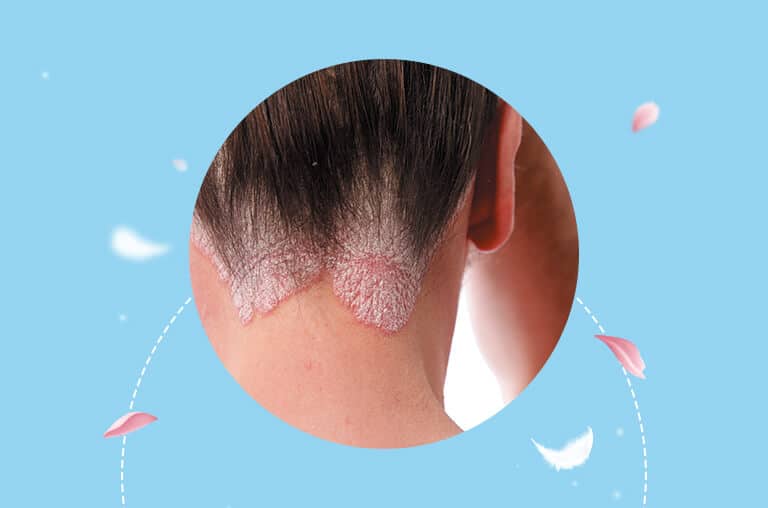
Apart from your armpits, they usually appear on the scalp, ears, or face. This is also entirely different from the next type of underarm itch.
Atopic Dermatitis
This type of underarm rash is also known as eczema and it normally begins in childhood. It appears as a red, scaly, and itchy rash on dry patches of skin and can sometimes crust over.
You will feel extreme discomfort and in a few cases, the intense itch may lead to bleeding after continuous scratching. Also, they secrete clear fluid at times. It typically affects the folds of the body, like in the underarms, back of the knees, insides of the elbows, and groin.
Itchy Underarms from Candidiasis
Candidiasis is essentially a fungal infection or yeast infection caused by an overgrowth of candida, which is a part of the normal skin flora fundamental to maintain skin balance. Sometimes, candida may grow abnormally and lead to underarm yeast infection (or in other closed and moist areas of your body).

You may experience red rashes, swelling, itching, scaling, skin inflammation. It gets worse under tight clothing, in hot weather, or because of poor hygiene.
But for people with uncontrolled diabetes, HIV, or other immune issues(3), this is pretty common. Keep in mind that steroid cream can make the underarm yeast infection even worse. This is also the only underarm rash that can be treated with an antifungal cream.
Miliaria Rubra
This is another common type of underarm rash that is caused by heat rash. Meaning, it occurs in hot and humid environments or by tight synthetic clothing that causes sweat to pool on your body.
Basically, your sweat glands get blocked. It appears as a red rash and resolves once the body has cooled down but doesn’t cause itchy underarms.
Psoriasis
This is a chronic skin condition caused by an overactive immune response and it can flare up in the underarms. It causes inflamed skin that presents as itchy, flaky, or red skin.
Personal Hygiene
Now, this is a common cause as armpits are more prone to bacterial and fungal infections due to sweat, dirt, and body secretions. If you don’t wash your body regularly to remove dirt and sweat, you are giving a chance for underarm fungus to make things go bad.
Try using an antiseptic soap to reduce the levels of bacteria and always wash after excessive sweating.
The salt from your sweat causes itching in your underarms where bacteria can grow. So, you have to wash your body at least once a day to maintain pH and normal skin microbiota.
Itchy Underarms from Hair Removal
Hair removal is another common cause of itchy underarms. When you use an old razor blade to shave your underarms, you are pulling and twisting the hair follicles, triggering inflammation and irritation.

To prevent this, always make sure to use a sharp, clean razor while shaving, avoid dry shaving, moisturize after shaving, and exfoliate the skin regularly.
New Products
Another likely cause of underarm itching. If you have recently started using a new antiperspirant, deodorant, lotion, or anything you use on underarms, that could cause itchiness. Any ingredient in it could be an irritant.
Excessive Sweating
Although not common, excessive sweating can sometimes cause itchy underarms. When you have itchy armpits, take note of how much you perspire too.
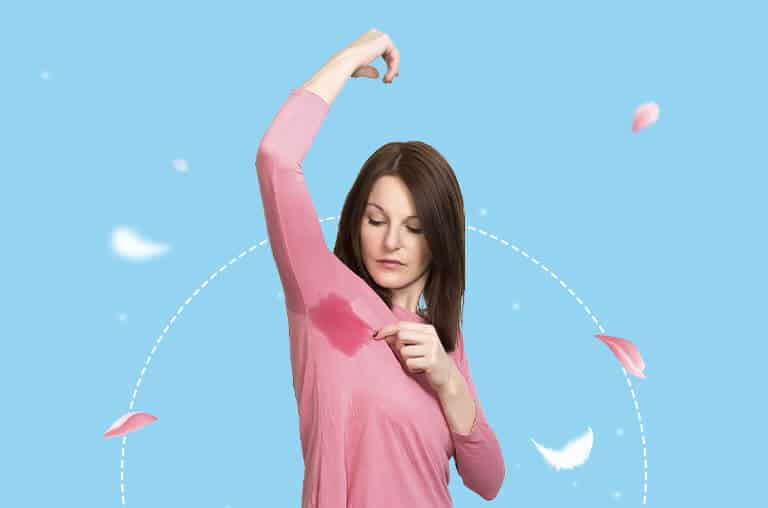
Treatment for Itchy Underarms
After pinpointing the cause of the itchy armpits, you can treat it the right way. If you couldn’t, please do contact a medical professional right away.
In case of contact dermatitis, you have to find the irritant and stop it immediately. This will stop the itching. For other itches, the following are the remedies:
Home Remedies for Itchy Armpits
Here is what you can do at home to relieve itchy armpits:
- Massage the affected skin with ice cubes to calm down the itching.
- Slice a lemon in half and place it across the affected skin. The presence of citric in lemon can kill bacteria in your armpit.
- Take a warm bath with colloidal oatmeal to speed up the healing process.
- Try to relax your mind to calm your body.

- Moisturize the skin repeatedly with an unscented moisturizer to not allow the skin to dry out.
- Apply aloe vera on the armpit rash and the areas affected by it.
- Wear loose clothes to give your armpits breathing space.
- Apply calamine lotion onto the skin.
- Gently exfoliate the skin with baking soda to cut down bacteria and help with excessive sweating.
- Try applying essential oils like lavender, tea tree, or coconut oils with a cotton swab to help with irritation, itchiness, inflammation, and underarm fungal infection.
Preventive Tips for Armpit Rashes
While these home remedies may soothe the itching and other symptoms of itchy underarms, it is necessary to consult your dermatologist to prevent frequent itching episodes. You can also prevent itching armpits by following the preventive tips listed below.
- Eat more vitamin C-rich fruits and vegetables to fight against skin issues —tomatoes, oranges, lemon, and broccoli.
- Bath regularly with antiseptic solutions.
- Use natural, fragrance, and harsh-chemical-free deodorants.
- Shower regularly.

- Air-dry your armpits instead of towel-drying.
- Keep your armpits fresh by cleaning them with rose water.
- Use a sharp razor blade while shaving underarms.
- Avoid wearing tight clothing made of synthetic material.
- Wash your clothes frequently to avoid infections.
- For heat rash, use talcum powder in your armpit.
- Don’t scratch your dry skin.
- Don’t share towels, razors, and loofah with others.
Over-The-Counter Remedies for Itchy Underarms
All of these OTC remedies given below work differently and are used for different underarm rashes. So, you cannot apply any of these without the direction of a pharmacist or any trusted medical professional.
Hydrocortisone Cream or Calamine Lotion for Itchy Armpits
If you have topical calamine lotion or hydrocortisone cream at home, use them as effective home treatments for inflamed armpit rash.
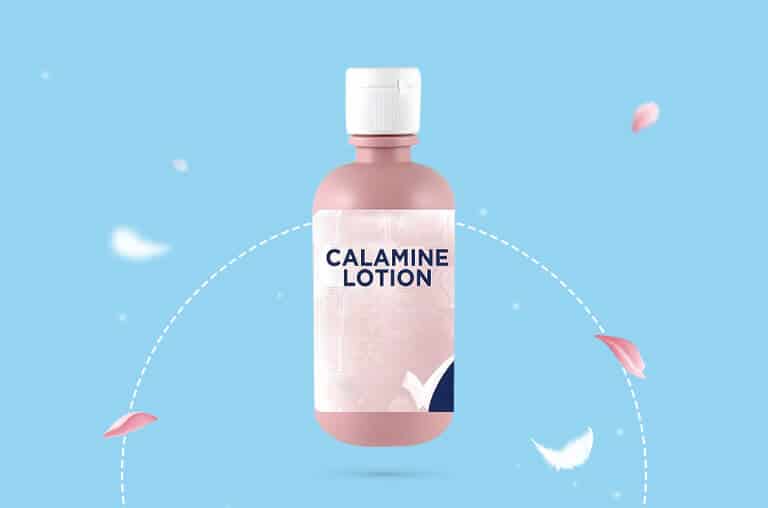
These will help you reduce skin inflammation and irritation. However, hydrocortisone creams are not a good option for armpit yeast or fungal infections.
Anti-Fungal Ointment
For fungal rash or yeast infection, you can use anti-fungal ointments that contain nystatin, ketoconazole, or clotrimazole to fight the infection. It doesn’t necessarily have to be an ointment though.
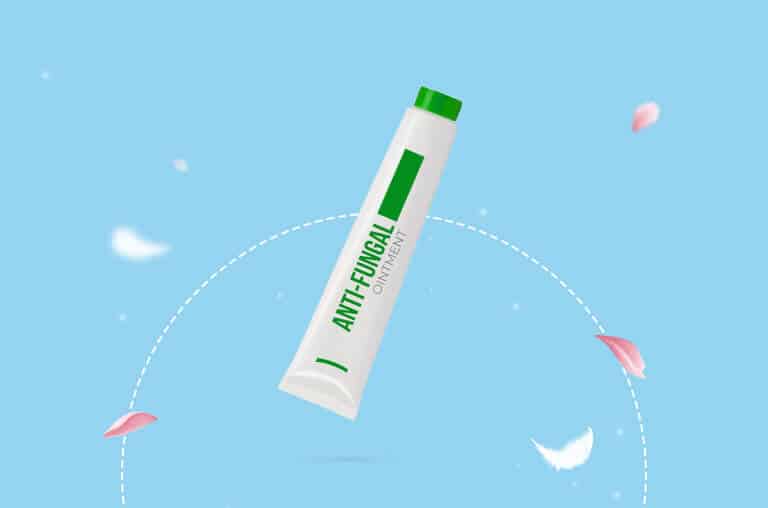
Any lotions or creams containing those ingredients can help with fungal armpit rash.
Anti-Chafing Powders for Itchy Armpits
Anti-chafing powders help with itchy underarms by reducing the discomfort and irritation caused by rashes. They kill the bacteria from your armpits and help you decrease the pain caused by the friction of the skin.

Though it may not get rid of the rash completely, it can make the rash bearable until you go for other itchy underarm treatments.
Professional Treatments
Besides the otc medications and home remedies, your doctor can do two treatments if the rash gets worse. One is phototherapy, which uses ultraviolet light to stimulate vitamin D production in your skin. This, in turn, treats the underarm rashes.
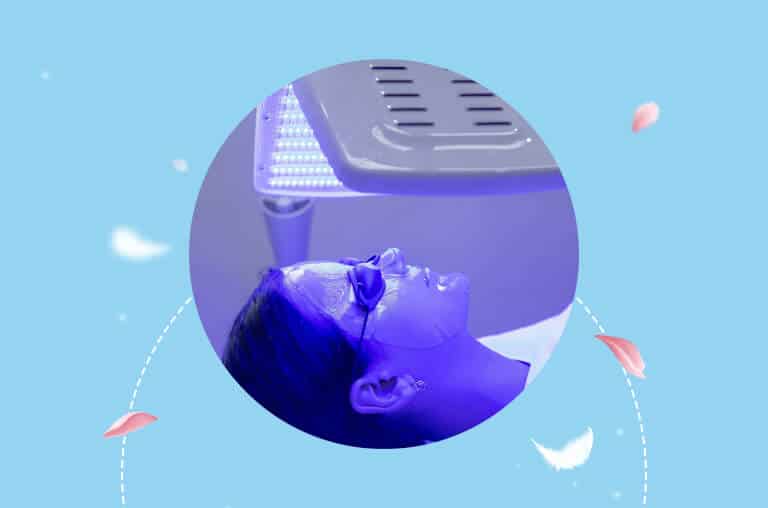
The other is calcineurin inhibitors(4) containing three ingredients namely pimecrolimus, tacrolimus, and cyclosporine. All three help boost your immune system to fight against infections causing itchy underarms or rashes in the first place.
Complications of Itchy Armpits
If you leave your underarm rashes untreated for too long, there could be complications you must be aware of. They eventually lead to serious bacterial and fungal infections which can result in the formation of pustules (fluid-filled red bumps) that are extremely itchy. You will naturally scratch excessively, leaving scars on your skin.
To make things worse, if you have itchy arms, there could be an underlying condition too. Be aware of the symptoms that indicate an underlying condition, which are:
- Pain and swelling in rashes
- Bleeding
- Blisters filled with pus
- Spreading of the rash to other parts of the body
- High fever
- Dizziness, nausea, diarrhea, and constipation
- Flaky and crusty skin patches
- Rashes that do not improve after using OTC products
You need to talk to your doctor if you notice any of these symptoms. This means an underarm itch is not an isolated irritant that needs medical attention. There is nothing to be embarrassed about underarm rashes.
Final Thoughts
Armpit rashes are mostly the culprit for itchy underarms. You have several options of home remedies and over-the-counter products to get rid of underarm itching or treat armpit rashes. If none of these work, your doctor might give prescription-strength remedies.
Disclaimer: This blog post with general information is written purely for educational purposes and not intended as medical advice. The information is not a substitute for professional medical expertise or treatment either.

Subscribe to Newsletter
Elevate your routine, stay on trend, and embrace a personalized beauty journey with our curated insights.


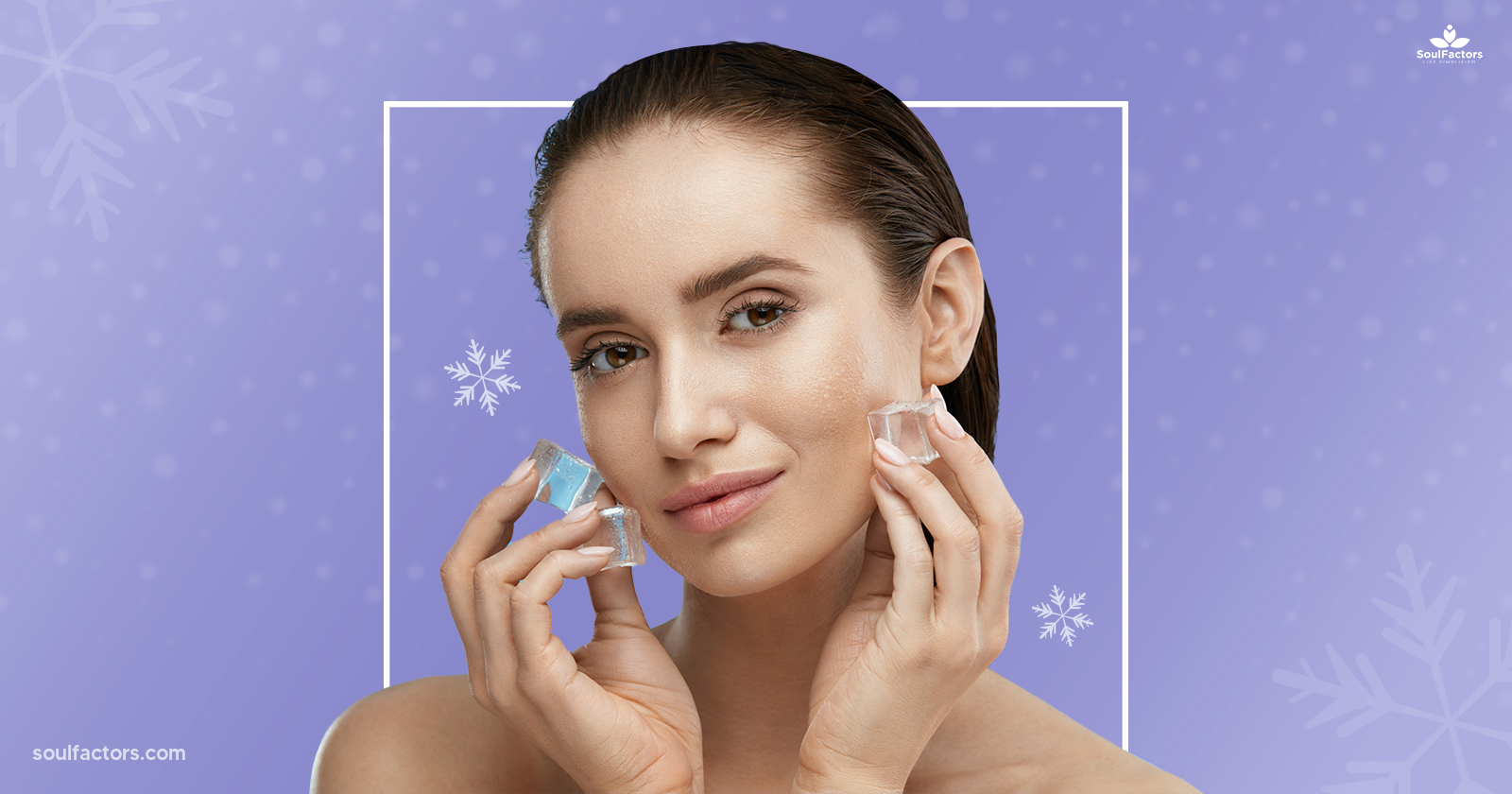
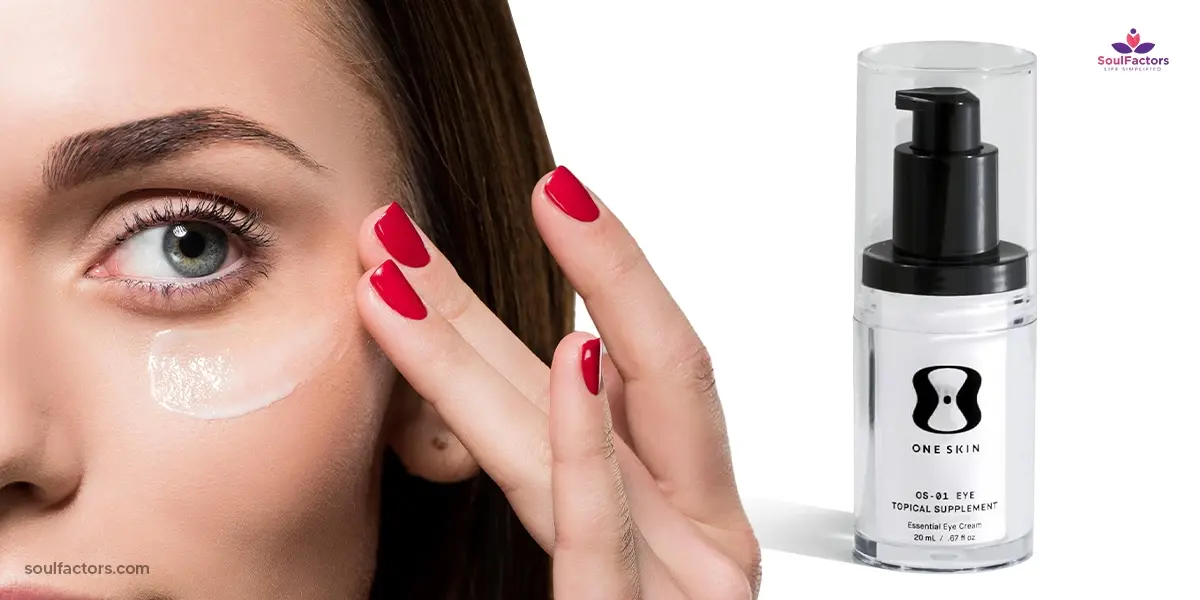
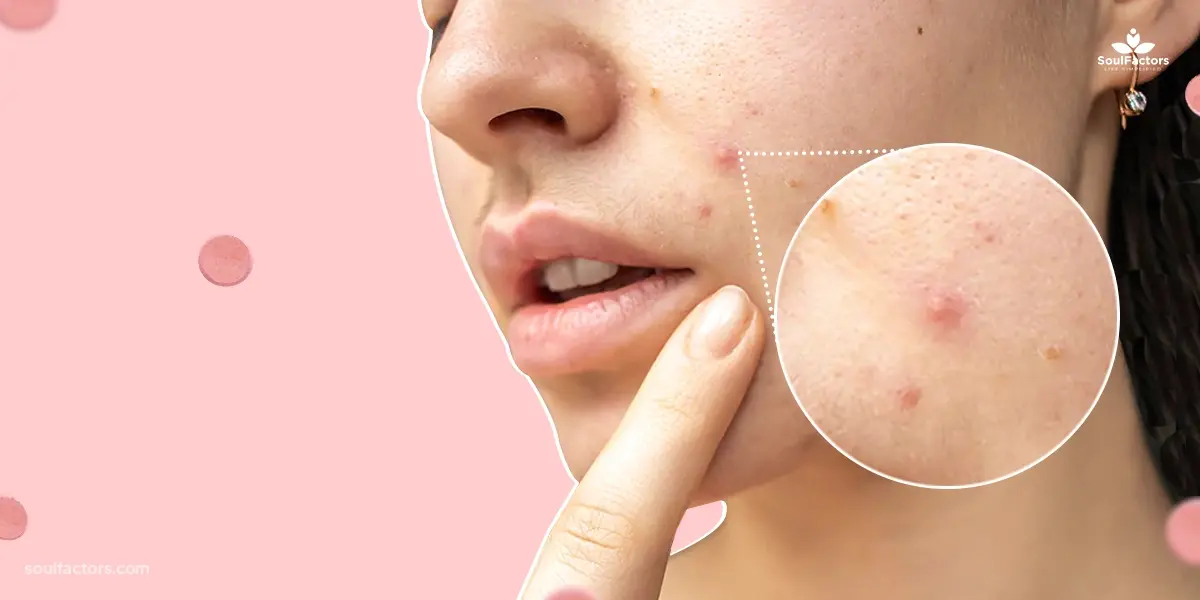
Write a Comment